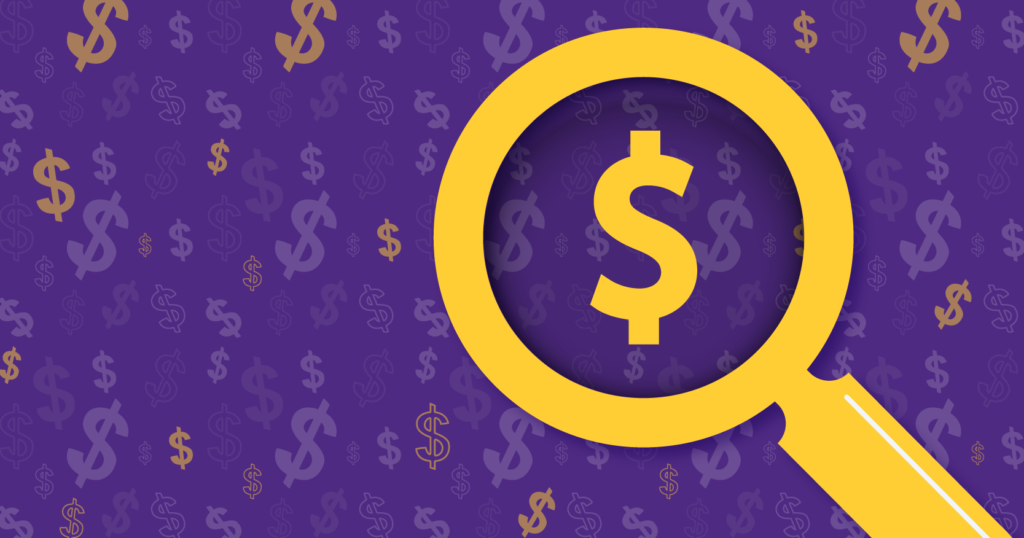Price Transparency in Healthcare: Pros and Cons

Could Your Practice Be Affected by the No Surprises Act?
Price and billing transparency in healthcare has become much more than an organizational aspiration. It’s become the focus of consumer protection laws, a recent mandate on hospitals, and new regulations that are set to go into effect on January 1, 2022.
Why has billing transparency become such a hot-button issue lately? A recent study, conducted by The Harris Poll® and commissioned by Change Healthcare, offers some insight:
- More than half (53%) said they avoided care because they weren’t sure what it would cost.1
- Six in 10 have gone to an appointment without knowing if they could afford it.1
- 68% reported they don’t know how much a treatment or appointment will cost until months later.1
- An overwhelming 85% said it should be as easy to compare prices for healthcare as it is for other services.1
What Is Surprise Billing?
The No Surprises Act, part of the Consolidated Appropriations Act of 2021, protects patients from receiving surprise medical bills when seeking emergency services or certain services from out-of-network providers at in-network facilities. The regulations related to implementing this act will go into effect on January 1, 2022.
This new law was meant to protect patients from certain unanticipated medical costs—even in states that have not enacted their own surprise billing legislation.
The Centers for Medicare and Medicaid Services (CMS) has put together a fact sheet that explains how patients are protected and the process for resolving payment disputes.
There may also be state laws that apply.
The Benefits of Price Transparency in Healthcare
The benefits of price and billing transparency are similar to the benefits of being transparent with consumers and colleagues in other business settings. Transparency builds trust, and it helps people understand your expectations.
Billing and price transparency are part of the patient experience whether or not you are directly subject to the new laws. If we nurture or neglect these issues, they could impact reimbursement and the relationships practices have with patients.
Consider that 50 percent of U.S. adults can’t read a book written at an eighth-grade level2 and that patients are now responsible for a larger portion of their bills due to high-deductible health plans. Clear patient communications and easy-to-use payment options don’t just help patients prepare for upcoming expenses, they ensure that they fully understand their responsibilities, how they should pay you and when. Sending patients bills for expenses they weren’t expecting wreaks havoc on their budgets and can make them feel like they don’t have control over their own healthcare.
The “Disadvantages” of Billing Transparency in Healthcare
You could say that one apparent disadvantage to billing transparency for practices is that patients could potentially take a quote they got from your practice and shop it around. There are many predictions circulating that price shopping should drive down the overall cost of healthcare. Right? Not necessarily. The best price isn’t necessarily indicative of the best care, and patients know that.
Additionally, while price and billing transparency are ideals worth striving for, that doesn’t mean they are easy to put into practice. There are some gray areas when it comes to healthcare billing. When patients change insurance plans during open enrollment, it isn’t always clear how much their out-of-pocket responsibilities will change. Additionally, a practice may quote a patient based on a particular diagnosis, but then that diagnosis changes after the patient sees the doctor. In other words, it’s not always as simple as posting or quoting a price. However, many practices are discovering that price estimation tools and clear patient communications can help reduce human error and help manage patient expectations.
Price Transparency for Physicians
Billing is an essential part of the patient experience. Do everything right except billing, and your patients could choose to go elsewhere. When you’re up front about what prescriptions, treatments and procedures cost, and patients know when and how they’ll be billed, it can only serve to build up that relationship and instill trust.
How Technology and Clear Patient Communications Can Help
If you want to practice transparency, you’ve got to be clear—clear about what your quotes cover and what they don’t, clear about why your price may differ from the quote, and clear about when patients can pay and how.
Patients are used to retail transactions—shopping around for the best prices online and making their purchases. It’s a seamless process that takes minutes on their preferred device and one that has led patients to expect more from their healthcare providers.
ModMed® offers practice management systems with price estimation tools (a Quoting Tool for EMA® users and gEstimator for gGastro® users). With these tools, your staff can provide pricing estimates in real time for specific procedures without placing a call or sending a fax.
for gGastro® users). With these tools, your staff can provide pricing estimates in real time for specific procedures without placing a call or sending a fax.
Using these tools can help you stay ahead of the billing transparency curve and help support your staff when they are having billing discussions with patients.
Additionally, ModMed can further support your practice with intuitive patient engagement tools and payment processing solutions that keep those important financial conversations going, while providing patients with convenient payment solutions. These solutions mimic the retail experiences consumers understand and use almost daily.
For practices that could use some billing extra support, ModMed also offers professional revenue cycle management services to help you collect patient payments and reach your financial goals.
1 The 2020 Change Healthcare – Harris Poll Consumer Experience Index
2 “Hiding in plain sight: The adult literacy crisis,” The Washington Post, November 1, 2016.